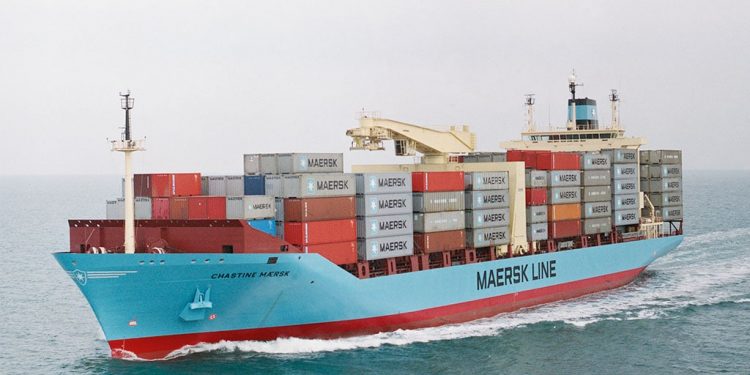Mumbai: Indian containerised trade has been severely impacted this year owing to the staggered supply and demand shocks across geographies along with challenging economic indicators, global container logistics major Maersk said Thursday.
The overall recovery in imports and exports is expected in the first half of the next year, it added.
Maersk also said that while the exports witnessed a strong rebound on the back of rising demand for textiles and apparel, the imports remain subdued, with signs of slow recovery coming in towards the end of the year.
COVID-19 pandemic put the world through unprecedented challenges, leading businesses to reimagine their operations.
The pandemic also highlighted the significance of global trade and the inter-dependence of nations, bringing to fore the importance of the logistics sector as essential for the continued delivery of critical supplies in times of crisis, and for enabling economic recovery, Maersk said in a release.
Owing to the staggered supply and demand shocks across geographies, combined with challenging economic indicators in the second and third quarter of 2020, Indian containerized trade has been severely impacted, it said.
As trade continues to navigate foggy conditions, the most recent trends indicate that an overall recovery of import-export trade in India will begin in the first half of 2021, Maersk said.
During Q3 of 2020 (July to September), the Indian containerised trade contracted by about eight per cent as compared to the same period last year. However, compared to Q2, there has been a 31 per cent increase in volumes, indicating that trade is on a path of recovery, the release stated.
Exports grew 14 per cent over Q3 of last year but were 47 per cent higher than Q2 of 2020, it said. Imports are, however, 28 per cent lower than Q3 of 2019, but have recovered by more than 30 per cent from Q2 2020, IT ADDED.
“Changing patterns in retail behaviours are reshaping the supply chain trends to an extraordinary extent, leading to a growing focus on risk mitigation and resilience-building, while dealing with threats of growing trade protectionism.
“China + 1′ sourcing strategies are benefitting South East Asian countries, and there is much potential for India to take advantage of this shift,” Steve Felder, Managing Director, Maersk South Asia, said.
Key factors favouring this development are the government’s initiatives to attract investments, focus on developing port and landside infrastructure, technology adoption and automation, lower labour costs and availability of raw materials, he added.
The rising demand for Indian textiles and apparels, especially to the North American markets, has driven tremendous growth in exports in the September quarter, the company said.
Apparel and textiles contribute a quarter of exports to North America, and these volumes delivered a growth of 10 per cent over the same quarter last year, it said, adding the exports of these two to the Mediterranean markets also grew by 10 per cent.
Other commodities that witnessed growth in exports include tile, stone and glass to the North European region, and seeds, beans, cereal and flour to the Middle East and Mediterranean countries, Maersk said.
The third quarter of 2020 was yet another quarter when imports were lower than the same period in 2019, however, there is some growth compared to Q2 of 2020, as per the release.
Imports of commodities such as paper, metal, appliances and kitchenware have increased since the last quarter, though they are far below the levels in the same period last year, it added.
PTI







































